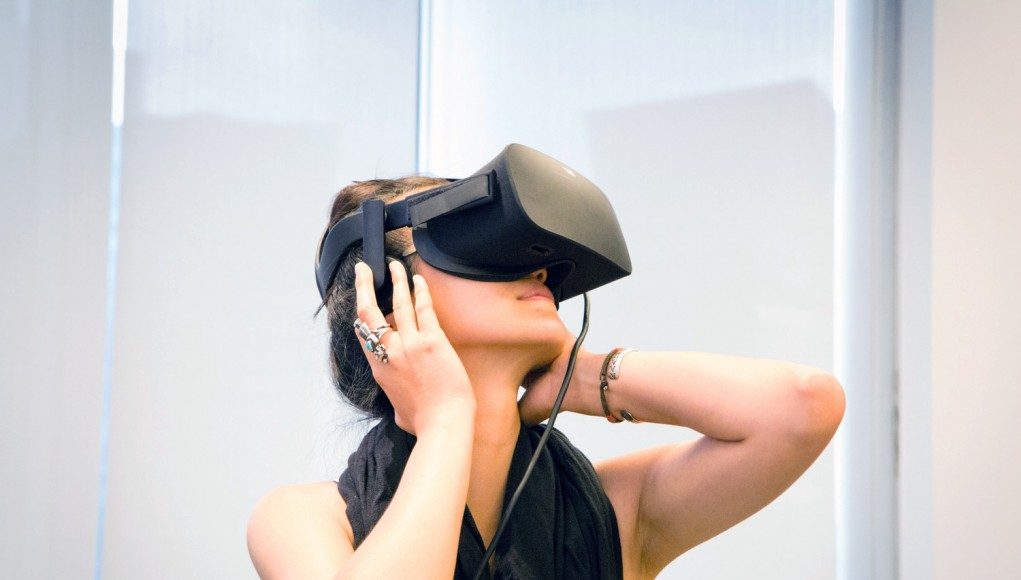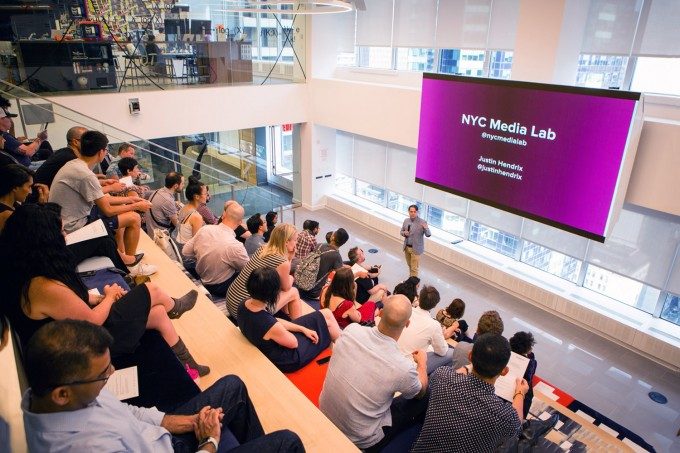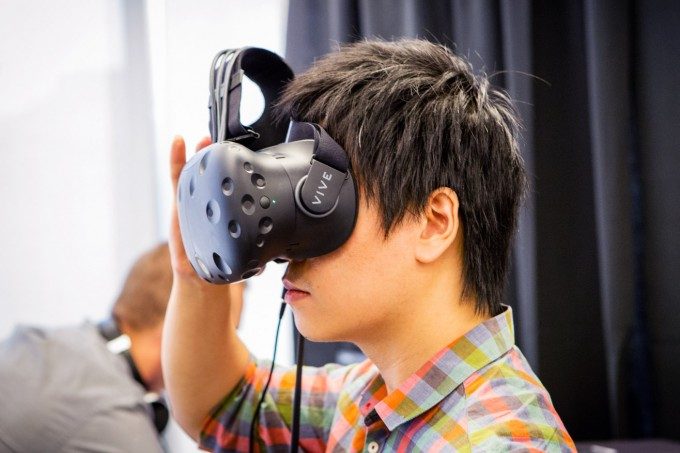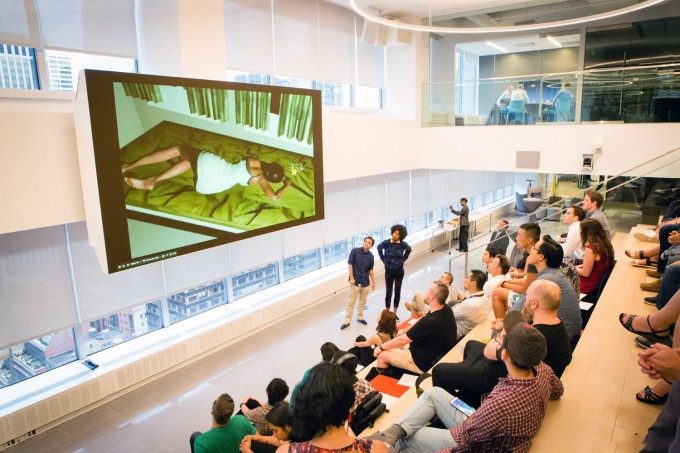The park is green, the mother behind me. She pushes my stroller perfectly straight; we glide across the pavement, green at either side. I face forward and listen to her voice, the only one audible in the park. On her cell she’s speaking about herself and me in the way one speaks about preverbal children in their presence: as though their presence and awareness flicker on and then off when the speaker addresses and then ceases addressing them.
And while she speaks she allows me my bottle, which I grasp, spill and, most consequentially, toss. Consequences: the mother stops our stroller; the mother complains of my behavior to her cell; the mother upbraids me, gently; the mother returns me my bottle. Enough tosses and she judges me hungry: apple slices appear on my stroller’s tray. It’s if I opt to throw these, too, that she offers me my Teddy Bear. And by the time I’ve thrown the bear, if I have, I’ve tired myself: my eyes close and my mother approves. A nap. The End.
Vive off, overears off: I’m in a matte black lounging chair peering up at Rosalind Paradis. An MFA student at Parsons School of Design, Paradis built Park Walk, a nostalgic childhood experience about the joys of misbehaving for her Viacom VR Summer Fellowship. Her second interactive VR project, and first created for the HTC Vive, Park Walk is replete with the simplifications and impossibilities that can define memories of early childhood.
The path the mother rolls the stroller down never meanders, crests or forks. Where the stroller’s wheels meet stone, there is no friction. The user’s preverbal avatar cannot speak English but can understand it. Paradis’s riff on nostalgia is exactly the kind of project the Fellowship was designed to support: an experimental take on storytelling uniquely possible through VR and, specifically, the HTC Vive.
Paradis and I are in a soundproofed studio at NYU’s Media and Games Network (MAGNET) in Brooklyn, NY, where I’m demoing four of five VR experiences developed via the NYC Media Lab-presented and -facilitated Fellowship.
Executive Director, Justin Hendrix, describes the public-private partnership of the NYC Media Lab, “a consortium of multiple universities in New York and media and communications companies.”
Specifically, NYC Media Lab stokes the collaborative fires beneath and betwixt NYU, Columbia, The New School, CUNY, IESE, Pratt and SVA, and Media Lab’s eighteen corporate and affiliate members. The New York City Economic Development Corporation also participates in the generative stoking, which sort of stoking is the not-for-profit corp’s raison d’etre, more or less.
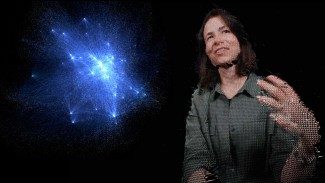
In Hendrix’s words, NYC Media Lab focuses on programs that “link up the people doing innovation, product development and emerging media projects inside those companies with faculty and students on the campuses in New York.”
These programs, in turn, develop seed projects whose basic goal is to explore opportunities created by emerging technologies. Crucial to this article is Viacom, responsible for cable channels including, e.g., Nickelodeon, Comedy Central, BET, Logo and MTV, and funding and supporting the functionally named Fellowship.
It’s important I note that Fellows developed working demos over eight weeks; a point of the larger project was demonstrating an ability to wield game development tools capably enough to bring ideas from conception to prototype in under two months. Viacom did provide two HTC Vives, a $5,000 award and access to facilities and expert personnel. Weekly check-ins and scheduled sessions with professionals bearing different areas of expertise were likewise standard.
Exploring the Fellows’ works, the first project I experienced was Call Time: It’s your final act, turn back the clock to find your killer!, by Michelle Senteio and Sam Von Ehren of the NYU Game Center. The piece places the doer in the body of a ghost (that might be a paradox) who must discern her killer before a separate spirit will allow her to ascend to a more pleasant afterlife. This plays out with the doer picking up particular objects in a particular order; the trigger-facilitated picking up of each one (and subsequent pressing-and-counterclockwise-circling of the pad) transports the user to a pre-death moment describing the circumstances surrounding their death.
The project owes its linearity to the Fellowship’s eight-week window, according to Senteio, who introduced and deposited me into Call Time. As it stands, there is exactly one path and one killer, whose motivations, while not spelled out, can be estimated from the character’s archetypal affiliation—the jealous friend and too-trusted confidante. For its creators at least, an ideal version of the experience would have included several paths to the end, and perhaps multiple endings, too.
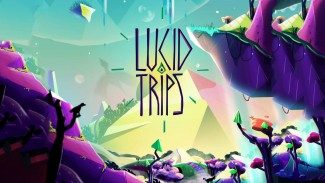
A third experience, after Park Walk, was Bryan Collinsworth’s Room 1206: Every guest has a story, which foists the doer into the role of someone who’s done something that’s plainly upset some many people—and upset them dearly, if differently. There are the livid, the worried loving, the confused. Your goal, like in Call Time, is to examine your room’s scattered objects to decipher whom you’re playing and how you’ve gotten into your present dire predicament.
In pursuit, the user may burst balloons, break bottles, read a newspaper’s front page, answer a phone call, examine text messages, open curtains and interact with almost every item in the environment. Your room is in a hotel, and (spoilers!) the identity you’re assuming that of a high school valedictorian who announced at her graduation speech her status as an undocumented immigrant. Inspired by real events, the scene seems to aim at inspiring users to grok their avatar’s concerns; in my experience, the piece raveled out the basic absurdity of the scenario’s antagonists’ emotional extremes (or the extremes’ absurd displacement onto the protagonist) at least as much as it compelled me to ‘identify’ with the protagonist.
Fourth and finally, I demo’d The Lost Museum, by Tomonari Michigami of SVA. Michigami’s project, the only product of the Fellowship built for the Oculus Rift, understandably did not function perfectly on Vive. Still, I was able to glean more or less what the project was all about.
A voice-over outlines the story of a rich collector of rare items and artworks as a book flips through illustrations of the works. After the book closes, the eponymous Lost Museum appears around the user. There, the viewer deploys their gaze to activate and ‘revive’ the Museum’s objects, e.g., to light old lamps and chandeliers and make a toy monkey bang its cymbals. Despite its narration, The Lost Museum is perhaps the most story-light of the pieces. Rather than plot development, inhabiting another identity or disclosing truths about the player-character, it’s concerned with images of before and after. As in, before: darkness; after: light, or before: dead; after: living.
Panning out: what one might take away from this article about Viacom’s Summer VR Fellowship and its products is the interest leviathans of media are very actively taking in supporting and procuring VR talent. Which is also to say that these behemoths’ innovation departments want to know how best to produce, procure, or otherwise make pleasurably consumable and potentially profitable VR content. For now, that means, among other things, supporting young talent with differing takes on storytelling. And that further means developing Fellowships that reward difference and experimentation.
Viacom’s goal was to select a broad range of Fellowship proposals, and the goal of that goal was to elicit a broad range of experiences. This is according to both Executive Director Hendrix and the Fellowship’s page, which states in no uncertain terms that, “as long as it tells a story, it’s fair game.” This is a good attitude. These are goals to support.
As it happens, two of the pieces selected (Call Time and Room 1206) deployed similar storytelling frameworks and mechanics, meaning that there’s perhaps work to be done on diversifying future proposal-selection processes. Still, if the Fellowship didn’t generate pieces that conjured new and unforeseen modes of storytelling into existence, and if two of its pieces were perhaps too similar given the Fellowship’s explicit goal of diversity, it at least gave exposure, creative leeway and significant funding and support to worthy projects and capable creators.

